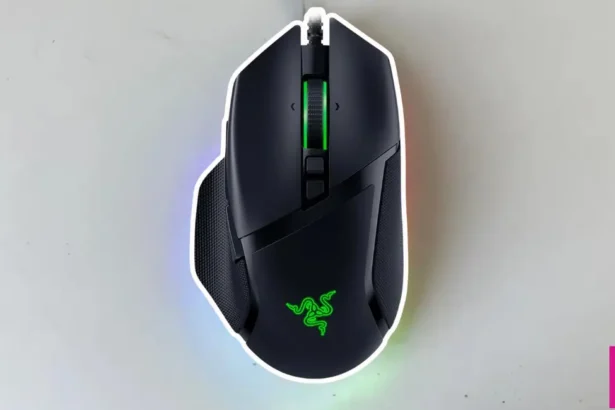Mouse Sensitivity Calculator
Brief explanation of mouse sensitivity
Mouse sensitivity is a critical factor that directly influences your experience while using a computer, especially in gaming scenarios. It refers to how your cursor or crosshair moves on the screen in response to physical mouse movement. The right sensitivity can enhance precision, speed, and overall performance.
Importance of finding the right sensitivity for gaming or other tasks
Choosing the optimal mouse sensitivity is essential, particularly for gamers. It can significantly impact aiming accuracy, reaction time, and overall gameplay. However, finding the perfect sensitivity extends beyond gaming—it affects productivity and comfort in everyday computer use.
Sensitivity Measurement
DPI (Dots Per Inch)
1. Definition and explanation
DPI, or Dots Per Inch, measures the sensitivity of your mouse by indicating how many pixels the cursor moves for each inch the mouse is physically moved. Higher DPI values result in faster cursor movement.
2. How to find your mouse DPI
Determining your mouse’s DPI involves checking your mouse settings or referring to the manufacturer’s specifications. Many gaming mice come with adjustable DPI settings, allowing users to customize sensitivity according to their preferences.
CPI (Counts Per Inch)
1. Definition and explanation
CPI, or Counts Per Inch, is another metric used to measure mouse sensitivity. It represents the number of steps the mouse sensor reports when moved one inch.
2. Relationship between DPI and CPI
DPI and CPI are often used interchangeably, but it’s crucial to understand their relationship. DPI refers to the cursor movement on the screen, while CPI reflects the sensor’s physical resolution. Some mice use these terms interchangeably, so it’s essential to check the specifications to ensure accurate understanding.

